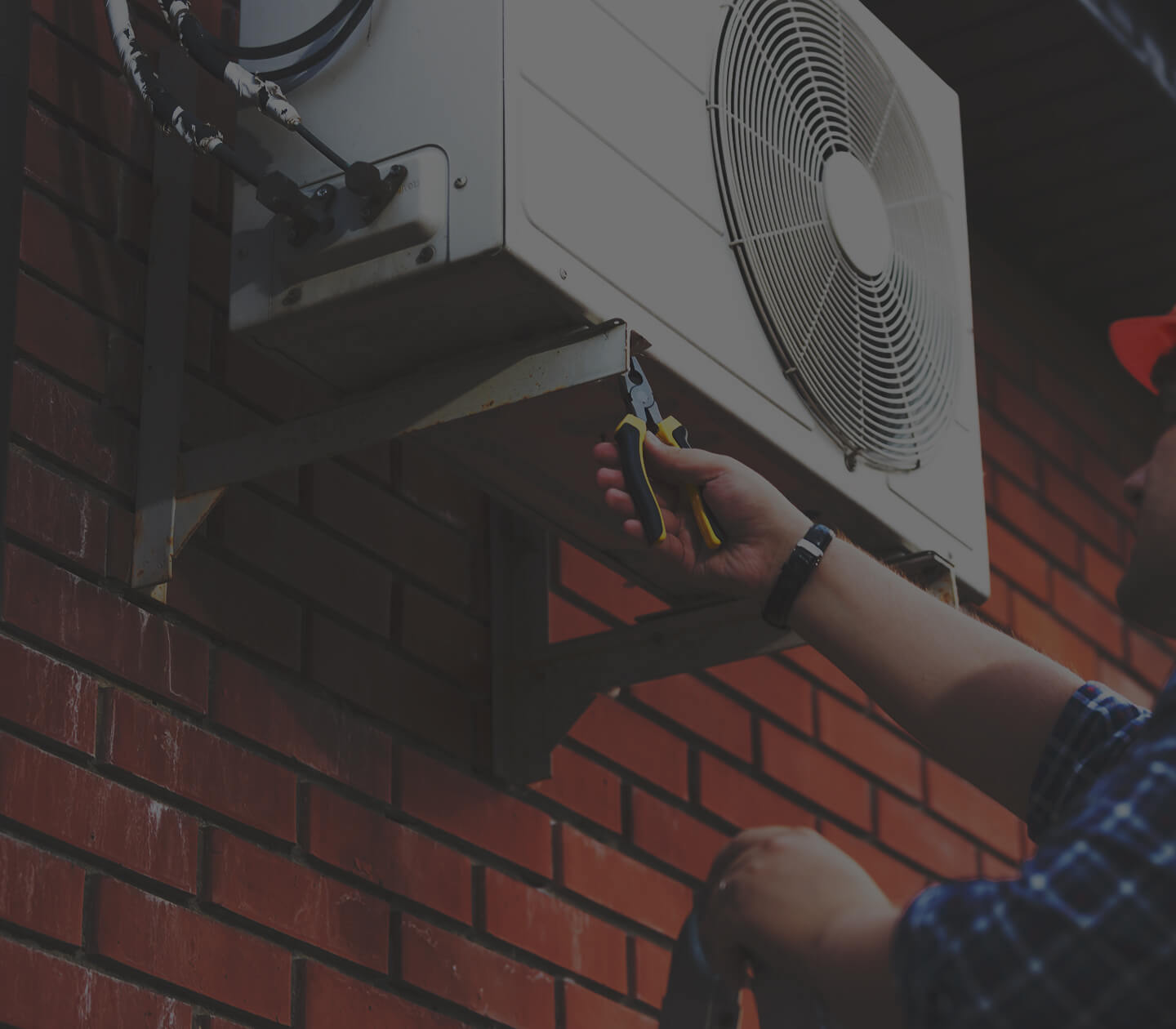Local humidity levels can make the summer very uncomfortable, especially when the temperatures get really high. While your air conditioner may provide an escape from the discomfort, an excess of moisture in your home environment can make it tough to get comfortable when you are inside. There are some physical signs to watch for, indicators of high indoor humidity levels:
Sweating walls
Warped woodwork and furnishings
Peeling paint
Mold and mildew growth
Inability to feel cool in spite of AC operation
A humidity sensor may provide you with more helpful information about your indoor humidity levels. You can purchase an inexpensive hygrometer to measure the relative humidity inside your house. You can also consider installing a thermostat that monitors RH.
What Should My Home’s Humidity Be?
Recommended indoor humidity levels are between 30 and 50 percent. These levels can fluctuate quite a bit during different weather conditions. However, the greater concern is correcting these levels.
Using AC for Humidity Control
The refrigerant in your air conditioning system dehumidifies the environment. When the evaporator coils get cold as refrigerant expands, the moisture in the air condenses on the exterior of the coils. It pools and drips, carried from the drain pan to lines that funnel the excess moisture out of your house.
Air conditioners are great dehumidifiers when temperatures are hot. However, homes without AC can experience challenges in moisture control. Homes with older AC units may also experience limited results in dehumidification.
Managing RH with Dehumidifiers
It’s possible to install a dehumidification system in your home that will operate independently of AC. This is ideal for areas with heavy humidity levels on an ongoing basis. It’s also an excellent option for those without central cooling systems. Milder temperatures don’t require the operation of an air conditioner, but moisture in your home can still be a decor and health problem.
Some modern HVAC systems are engineered to provide dehumidification solutions. Variable speed technologies allow for the condensation to happen without cool air being circulated through a home. These ultra-low fan speeds are excellent for keeping a better handle on the RH. Many such systems also integrate with specialized controls that monitor RH levels and direct the dehumidification activity of the equipment.
Winter Humidity Readings
When your winter heating season begins, your indoor humidity can become uncomfortably low. Heating equipment can cause issues like dry skin, chapped lips and static buildup. Air humidifiers may help you during these times in maintaining indoor comfort levels. Ideal RH levels can save money by allowing you to keep your furnace settings lower.
Equipment that Meets Your Needs
Lee’s Air Conditioning provides personalized solutions for your indoor comfort and air quality needs. Our Sunset, LA, team can do an air quality evaluation to assess the issues in your home. Contact us for an appointment.


